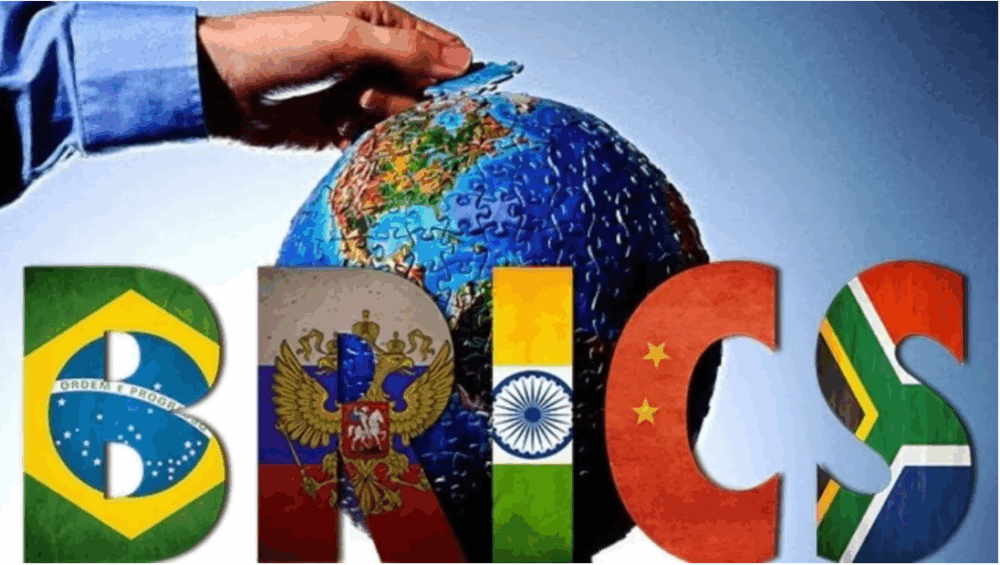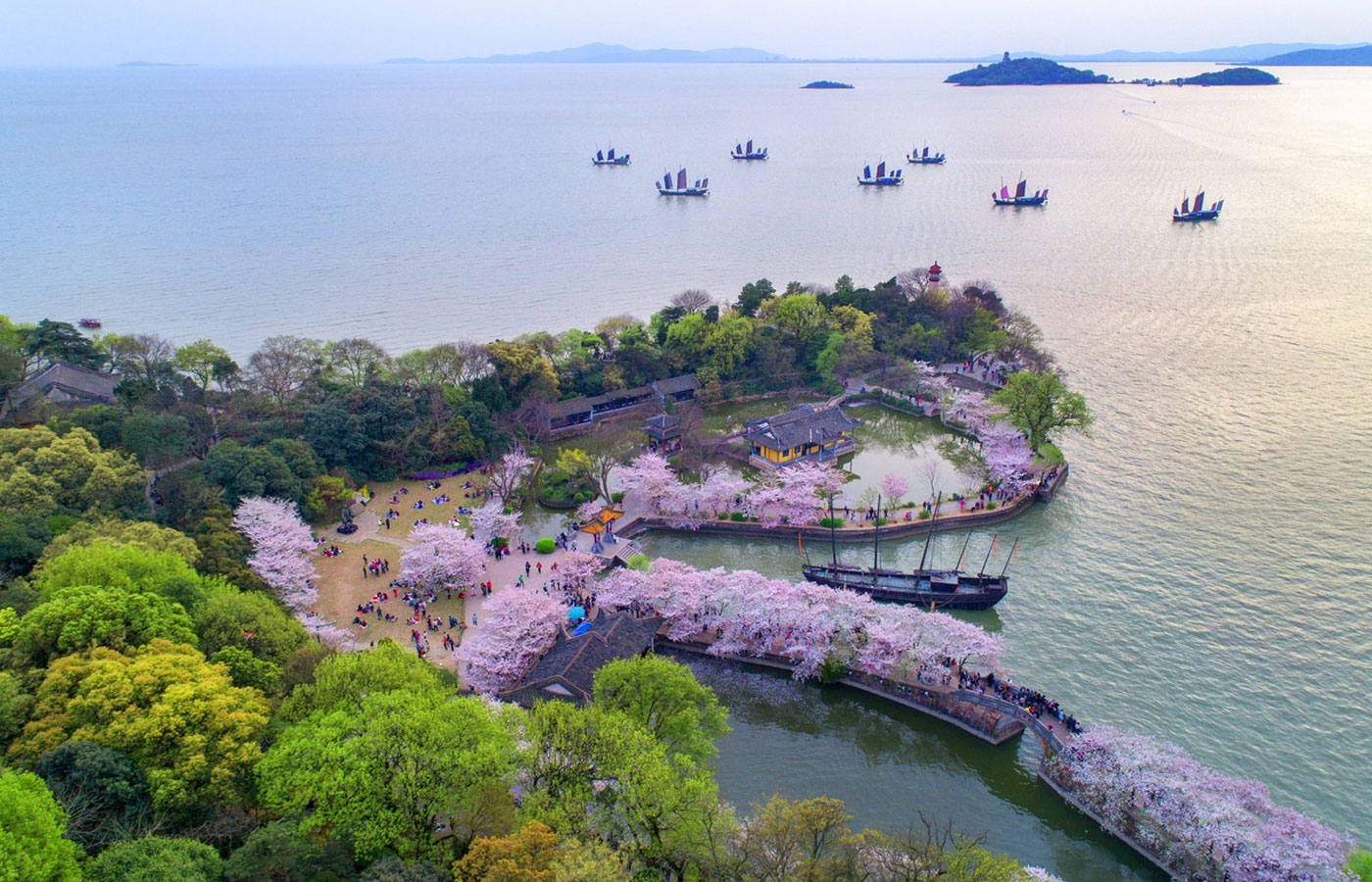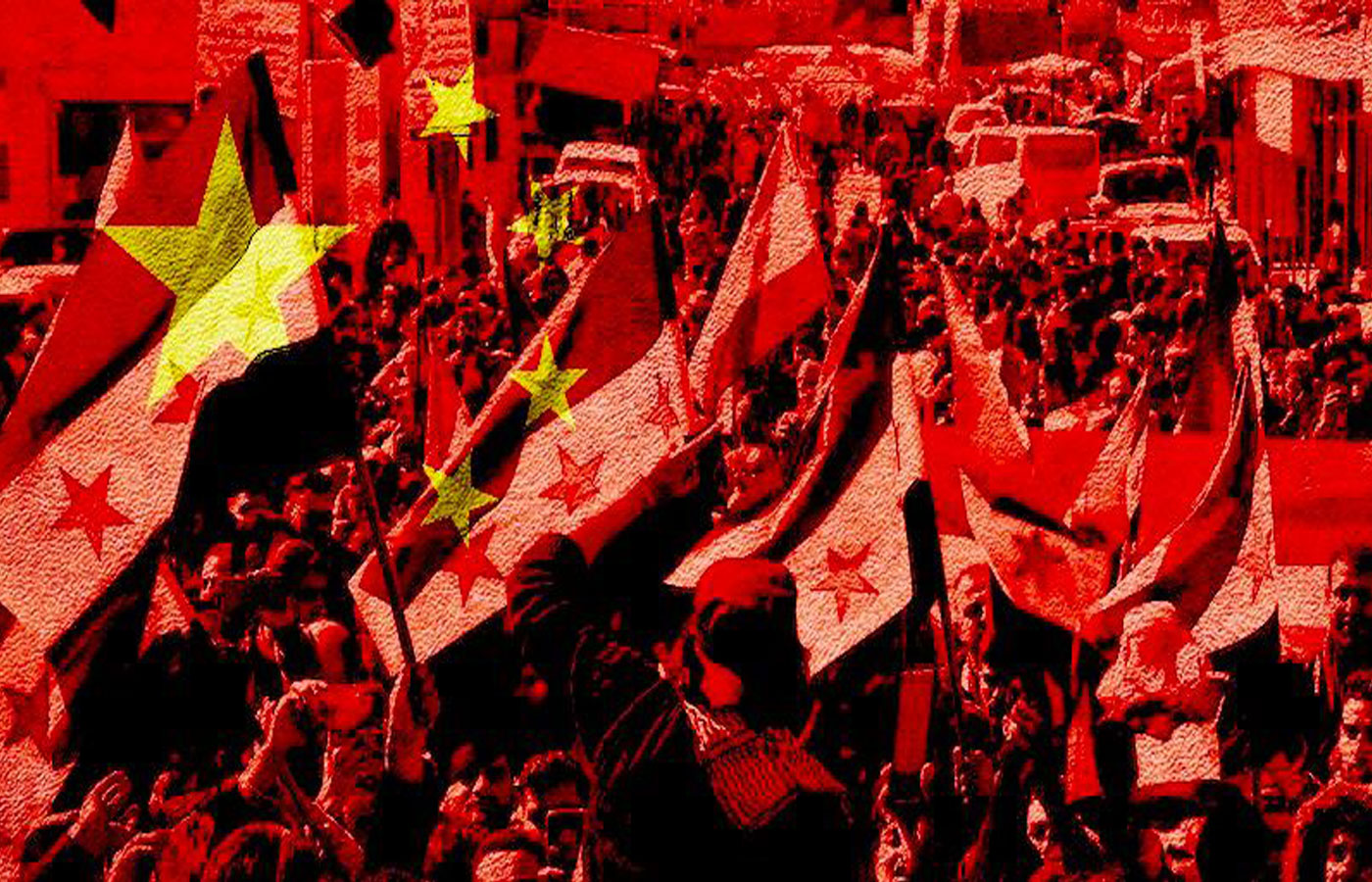The US-China geopolitical rivalry plays a crucial role in the global diplomatic deadlock accompanying the Israeli invasion of Gaza. As demonstrated by a range of regional factors, the deadlock cannot but turn into a cataclysmic scenario if the two great powers do not invest efforts, far-sightedness and wisdom to reach a badly needed entente. As such, both China, as an emergent global power developing its ties with Middle Eastern states, and the US, as an established great power in the region, bear responsibility towards the fate of the region and the world.
The Oct. 7 attack by Hamas and other Palestinian factions, followed by the Israeli invasion of Gaza, took place in a changing regional environment, complexified by global ramifications, in which a number of Middle Eastern states are struggling with harsh political, economic and security issues, while also developing economic and security ties with China
The Middle East’s gradual shift towards China
The Middle East has witnessed over the past few years the increasing importance of China as a strategic regional partner. Besides signing bilateral economic partnerships with key regional states, such as Iran, Saudi Arabia, Yemen, Iraq, Syria and Egypt, Beijing has also signed 5-G agreements with all of the GCC countries. In addition, China pushed for a de-dollarization process, facilitated by the US economic sanctions on several regional actors, which prevent them from trading in US dollars. Even Riyad and the UAE, which are not subject to these sanctions, have adopted a currency diversification strategy, in line with their respective economic diversification strategies already underway.
China has also fought its way into the Middle East through large-scale infrastructure projects, in particular its flagship project, the Belt and Road Initiative, in which a number of regional partners are now involved, among which are Iran, the Gulf states, Yemen, Djibouti and Egypt. These major infrastructure projects reflect China’s projection of power in the region, including the Persian Gulf, the Arabian Sea, the Gulf of Aden and the Red Sea.
Most importantly, China has appeared as a peacebuilder between decades-old geopolitical rivals, especially Iran and Saudi Arabia, with the resumption of their diplomatic relations under the auspices of Beijing in March 2023. This rapprochement between the two regional powers is expected to be consolidated by January 2024, through the integration of both countries in the BRICS group. Another strategic regional player, Egypt, contiguous with the Gaza Strip, is also expected to join the BRICS on the same date.
While adopting this geopolitical shift towards the Asian giant, a range of regional countries continue to suffer heavy political, economic and security hardships.
Despite being under Western economic sanctions due to its nuclear program and defense capacity development, and despite being surrounded by US military bases, Iran kept reinforcing its strategic alliances in the region. Its main regional partners, known as the Axis of Resistance – that is, the resistance to the US-Israeli hegemony in the region –, are mainly comprised of the Ansar Allah movement in Yemen, some Bahreini opposition groups, Iraqi factions, the Syrian Arab Republic, the Lebanese Hezbollah, as well as several Palestinian factions, including Hamas.
Just like Iran, these regional allies have for years also been subject to US and European economic sanctions, and some of them have also lived under an air, land and sea siege for decades, like Gaza, Syria and Yemen. It should also be recalled that countries like Iraq and Syria are still struggling to recover their sovereignty over their oil platforms and to drive out US military bases from their territory, while being under regular Israeli attacks.
The picture would be incomplete without mentioning the occupation by Israel, illegal according to international law, of the Syrian Golan, of parts of the Lebanese territory, and of course, of a significant portion of the Palestinian territories.
The challenges at stake for Saudi Arabia and Iran
Logically, the China-brokered rapprochement between Iran and Saudi Arabia seemed to be threatened by the Israeli-Saudi talks, aimed at normalizing their relations within the framework of the Abraham Accords (of which, the UAE, Bahrein, Morocco and Sudan are already part).
As expected, the issue of the Palestinian state proved to be absent from the negotiations. This, on the Saudi side, has certainly inspired the fear that a deal with Israel would lead to a situation similar to that of Egypt and Jordan, two countries that have been dramatically weakened and have no say in the US’ regional policies, since they signed a peace deal with Israel in spite of the non-existence of a Palestinian state. Weakened to such an extent that the 17-year Israeli blockade on Gaza has been possible only because of Egypt’s complicity. – In that regard, and given the anger of the Egyptian people watching the ongoing bloodshed in Gaza, the re-election of Al-Sissi with 89% of votes raises questions.
On the Iranian side, the main fear was to see such a deal legitimize and expand – through Israel – America’s presence in the region and its access to the Persian Gulf so as to exert even greater military pressure on Tehran and its allies.
The second element of the Iran-Saudi bone of contention is related to Yemen, a country divided between the Iran-backed Ansar Allah movement and the Saudi-backed Saleh’s overthrown government. In this case too, China’s diplomacy has played an active peacebuilding role between the two regional powers. The current suspension of the 8-year devastating war waged on Yemen, and the ongoing talks between Riyad and Sanaa were about to lead to a peace agreement, right before the start of the Gaza war.
What are the US plans for the region?
During an interview given at the beginning of the invasion of Gaza, Joe Biden said that, being “the most powerful nation in the history of the world“, the US not only has the capacity, but also the duty to engage in both the Gaza and the Ukraine wars. The ongoing destruction of Gaza and the uninhibited slaughter of its people suggest that the US will not abandon the Middle East anytime soon, nor does it seem to have abandoned the idea of expanding the Israeli territory as a means of reinforcing the US’ regional influence and confronting the growing influence of emerging geopolitical rivals such as China and Russia.
Besides the IMEC project – a route meant to connect India, the Gulf States and Israel (hence the insistence on the Abraham Accords) – and the Blue Dot Network, both aimed at countering China’s BRI, there is also the ambition to turn Israel into an energy powerhouse and a communication hub, through a submarine cable between the Mediterranean and the Red Sea, connecting the Gulf countries and Asia with Europe. As for the Ben-Gurion Canal project which was put on the table in the 60s and then put aside, it should come as no surprise if it was revived in one way or another, as an alternative to the Suez Canal.
Of course, the discovery of gas fields in the Mediterranean enhances Israel’s value, including for the Europeans, especially in the context of the sanctions on Russia, and with the knowledge that the ports of Gaza and Beirut are currently inoperative, while that of Latakia is exposed to Israeli attacks.
The implications of the Gaza war on the whole region
Since the outbreak of the Gaza war in the aftermath of the Oct. 7 attack, the situation on the ground deteriorates at breakneck speed. Egypt has opposed the deportation of the Gazans to the Sinai, and Jordan that of the West Bank residents to its territory. Israel is cornered by Hezbollah in the North, Yemen’s Ansar Allah movement in the South, not to mention the pressure that is likely to come from the occupied Golan heights. Meanwhile, the US military bases in Iraq and Syria are under increasingly severe attacks. All these initiatives suggest a meticulous coordination between the various groups operating under the regional Axis of Resistance.
The latest developments by Bab al-Mandab Strait, on the Red Sea, are of the utmost importance. The imposition by Yemen’s Houthi movement, Ansar Allah, of a naval blockade on all ships heading to Israel, followed by the formation of a US-led coalition to counter the blockade on one of the world’s main shipping lanes, is a major step towards the internationalization of the conflict. The lifting of the blockade is conditional upon the entry of food, medicines and fuel to Gaza, as well as the end of Israeli crimes, Yemen has warned. The refusal of the US to compel Israel to cease hostilities and let humanitarian aid enter Gaza suggests an imminent escalation of the conflict, at the regional and international level. Evidently, the naval alliance against Yemen will exacerbate the turmoil on the Red Sea. Furthermore, it must not be forgotten that in Djibouti, right beside Bab al-Mandab Strait, are the military bases of the US and China.
This chain of events provides a renewed reading of the regional balance of power. Is Iran using its China-brokered rapprochement with Riyad as leverage to force the latter to abandon talks of the Abraham Accords? Is Saudi Arabia, drawing on its rapprochement with Iran and Yemen’s Ansar Allah movement, exerting pressure on the US to address the Palestinian issue prior to any normalization process with Israel? Are Teheran and Riyad, reinforced by their integration into the BRICS, working in a coordinated way in a bid to weaken the US domination over the region?
The Palestinian issue, taproot of the Gaza war
Ultimately, the Oct. 7 attack sounds like a reminder that it is impossible to create any kind of stability in the Middle East without addressing the Palestinian issue. Just as the Ukraine-Russia conflict did not start on Feb. 24, 2022, the Palestinian issue did not start on Oct. 7, 2023. Ignoring this evidence is tantamount to creating more conflicts and wars.
As the whole world can attest, it is unrealistic to ask the Palestinians to remain peaceful while putting them under 75 years of merciless military occupation – which means apartheid, repression, expropriation and a sentence to live as refugees on their own land (for those of them who weren’t expelled from it). As former Egyptian president Gamal Abdel Nasser put it half a century ago, “If you have the right and nobody is ready to give it to you, the only solution is wars“.
Accordingly, what the US Administration calls “a rules-based order” is actually the rule of the jungle, where international law and basic human rights can never prevail. As a result, working on normalizing ties between Israel and the surrounding Arab states is yet another knife in the back for the Palestinians. Above all, it is a consolidation of the US military apparatus in the Middle East – which augurs more bloodshed, more destruction and more chaos. Now that regional actors have developed and consolidated ties with non-Western partners, such as China, Russia and Turkey, in no way can they endorse a repetition of a history which treated them as vassals.
Washington’s fear of giving up power to China has turned irrational. As former French president François Mitterrand said once: “The best way to tackle an opponent is to lean on him“. Geopolitical rivals cannot avoid learning from each other. China has broadly shown that win-win cooperation is the precondition for world peace and stability. This means that the US has to adapt to the new world paradigm, and replace its compulsive military interventions in the Middle East and elsewhere by economic cooperation, in order to restore the meaning of diplomacy and the concepts of self-determination, international law and human rights. For now, in the UN General Assembly – the only democratic world institution in which every state has one vote – the US appears more isolated than ever.











